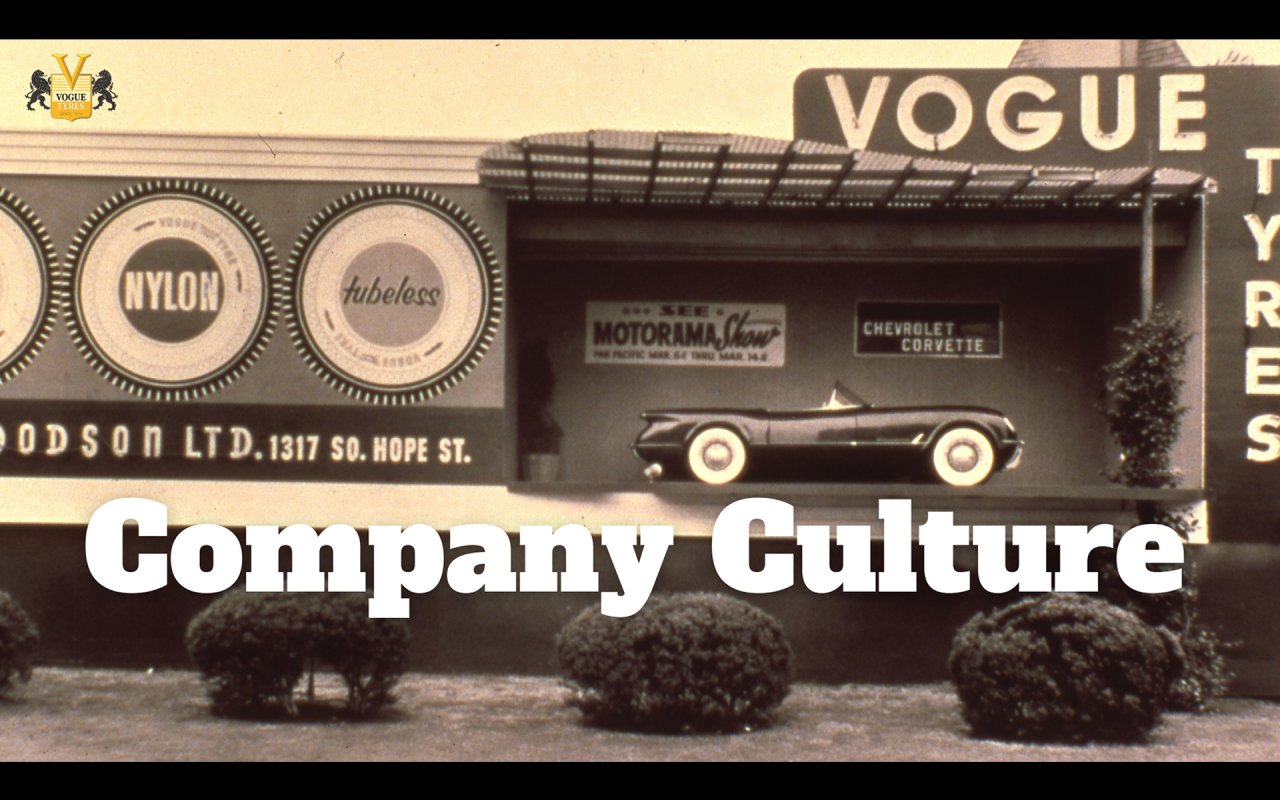The 1950s is a decade defined by innovations and fads in music, clothing styles and food. The era’s car culture is also significant because of the advancements in safety and design. A number of classic cars are from the 1950s such as the 1957 Chevy Bel Air, the 1955 Ford Thunderbird and the 1959 Cadillac Coupe DeVille. These are vehicles that shine when equipped with a set of Vogue whitewall tires.
POST-WAR AUTOMOBILE BOOM
The 1950s is a time when the United States enjoyed great prosperity. The government initiated the Gi Bill that aided an increase in consumerism, bringing change to America’s manufacturing industry. Instead of making war-based items, the industry shifted its attention to consumer products. Toward the end of the 1950s, an estimated one out of every six employed Americans worked in the car industry.
It was Henry Ford’s dream that any person who had a decent job could purchase a vehicle. When the 1950s arrived, Ford’s dream became a reality. In 1950, Americans had registered 25 million vehicles. Most of them were built before World War II. In 1958, people had registered 67 million vehicles, showing a major uptick in car ownership.
People loved their automobiles so much that they wanted to spend more time in them, inspiring the invention of businesses like drive-in movie theaters and drive-in restaurants. This was a time when carmakers designed automobiles with panache, and everyone wanted white-wall tires.
In 1955, the country expanded the National Highway System. Construction crews made highways wider so that people could drive safer and faster. More width meant that more vehicles could fit onto the nation’s roadways. Businesses started advertising on billboards and road trips became a popular way to vacation.
DIVING INTO THE ERA’S CAR CULTURE
The look of 1950s vehicles is a big part of the era’s car culture. This was a time when people ran errands around town in cars painted pastel shades of green, blue or pink. The Space Age also had an impact on the era’s car culture by inspiring their design.
Carmakers started designing vehicles with large tailfins, chrome embellishments and streamlined bodies that exhibited a rocket-like appearance. Fancy bright red taillights became a defining feature of many 1950 vehicles along with elaborate hood ornaments.
In the ‘50s, new car buyers could purchase vehicles with safety advancements like power brakes, automatic transmissions and power steering. Few innovations throughout history have brought as much change to American society as the car.
The 1950s was a golden time for automotive culture, causing many people to feel nostalgic for the era. This is evident at car shows across the nation where many 1950s cars are on display.
VOGUE TYRE AND RUBBER COMPANY’S IMPACT ON CAR CULTURE
The tire industry benefitted from the increase in car ownership during the ‘50s. It too impacted the era’s car culture. One tire industry great who helped mold car culture in the 1950s was Joel Fischer. Eventually becoming Vogue Tyre and Rubber Company’s CEO and Chairman, Fischer began working for the company in 1954.
Mr. Fischer was responsible for many positive changes in the company’s culture. He focused on how Vogue conducted its business with other entities and the company’s treatment of its employees. He required Vogue to treat its employees with honor and respect. He knew that when a company treats its employees well, they return the favor by working hard to make their company successful. Joel initiated the idea of creating a profit-sharing program for Vogue employees, a program that has been in effect for more than 60 years.
He was a humble man who oversaw the company with integrity. Joel enjoyed many professional achievements during his career, but he didn’t allow them to change who he was or how he treated his employees.
Joel was brought into the tire company by Loyd Dodson, Vogue’s owner and Joel’s father-in-law, to sell tires throughout the eastern part of the United States. At the time, he was the only salesman for the area, and he remained the only one for four years. To increase profits and support the business, Mr. Fischer traveled all around the east to obtain and establish new clients.
Greg Hathcock, the company’s current president, commented on Mr. Fischer’s work ethic. Greg said, “He often told me that he had to sell at least seven tires a day to break even.”
Mr. Fischer helped the development of Vogue Tyre. In fact, the company credits him as being the person responsible for expanding the company into its current form. From 1945 through 1965, the tire company produced two popular products that captured the attention of “Rod and Custom” magazine. They reported that Vogue Gold Streak tires and the company’s V.S.S. tires were the “tires of choice.”
CAR CULTURE HAS MANY INFLUENCES
Cars are an important part of American life. Suburban living is proof of how important they are to the country’s people. Car culture has many influences, ones that range from new advancements in the auto industry to pop culture. It has also been formed by great men like Henry Ford and Joel Fischer.
